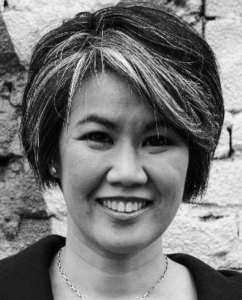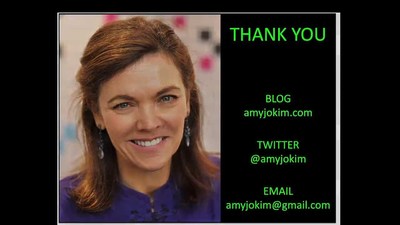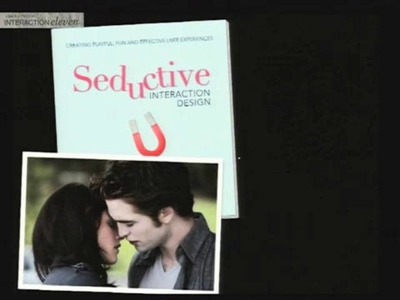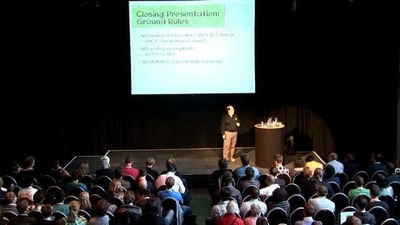UX Week
November 2012
UX is Strategy; Not Design
The practice of user experience is most successful when focused on strategy, vision, and planning, not design and execution. In other words, UX adds value by bringing design practices to strategic endeavors. This means generative and exploratory user research, ideation and concept generation, scenario writing and roadmap planning. The impact of those strategic endeavors will not be limited to product and service design, but should be felt across business development, corporate development, marketing, engineering, sales, and customer service.
With respect to design execution, user experience should serve to coordinate and orchestrate a range of design efforts, not just that which has historically been called “UX design” (wireframes, architecture diagrams, prototypes, screen design). This includes industrial design, retail and space design, marketing and collateral design, and more. I think a huge challenge for “UX designers” has been to square the design legacy of making with the new reality of planning and coordination, because many don’t feel legitimate if they are not building something tangible. It’s great to build something tangible, but that is no longer “user experience” — it’s just one of many activities that, in sum, fulfill on a user experience strategy.
Peter Merholz
See speaker profile
2 conference talks










